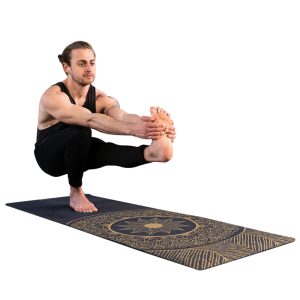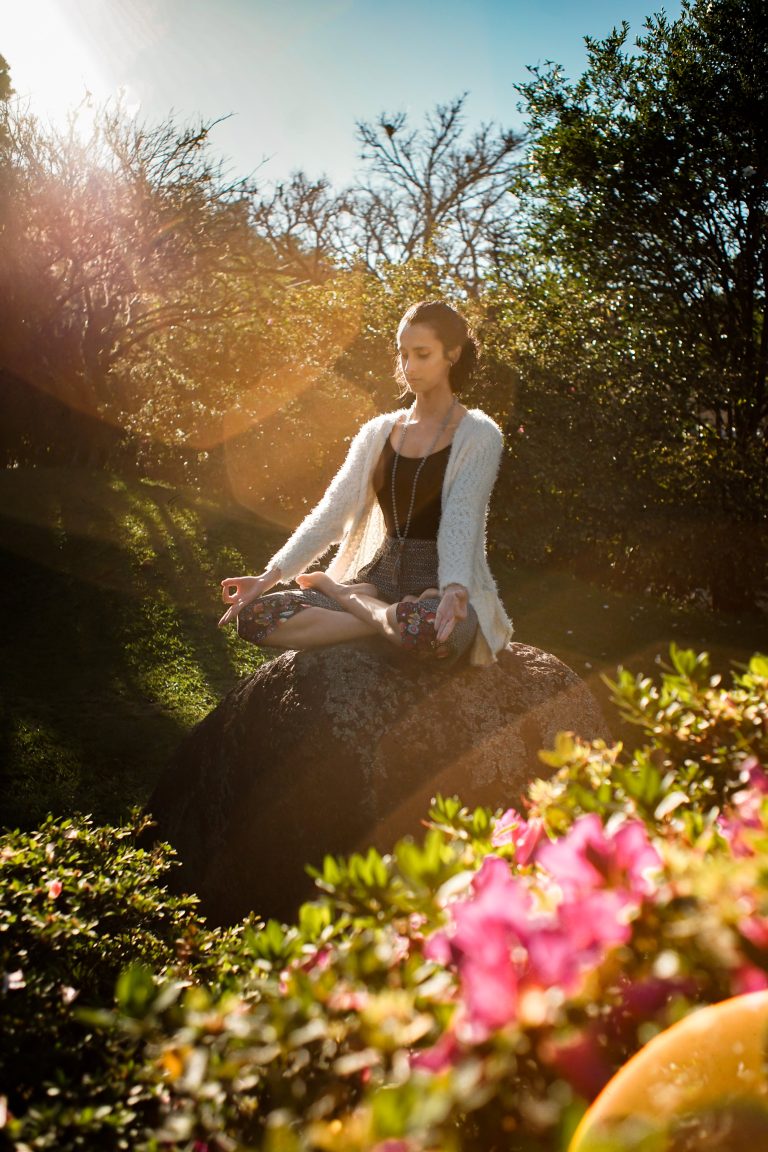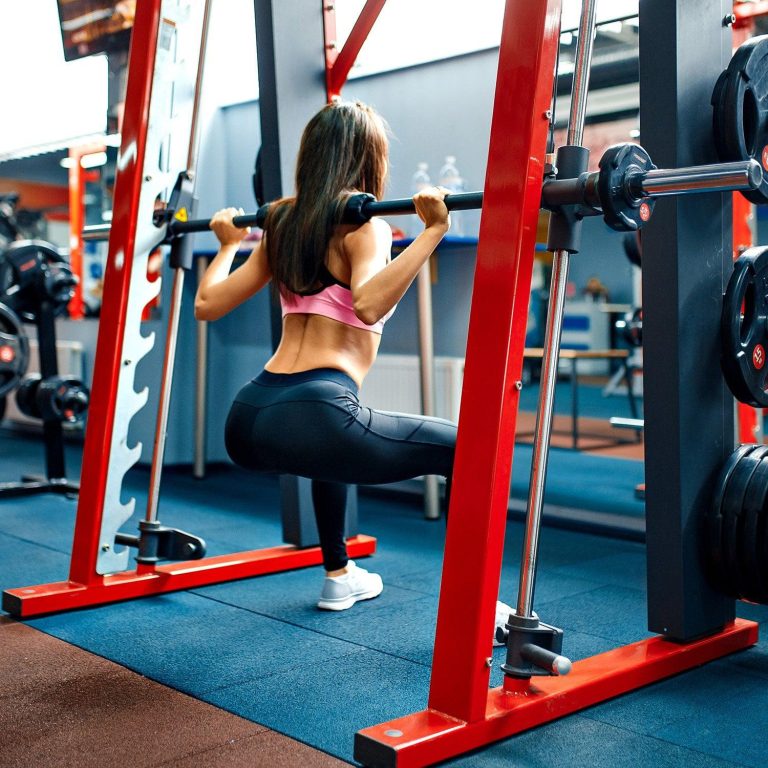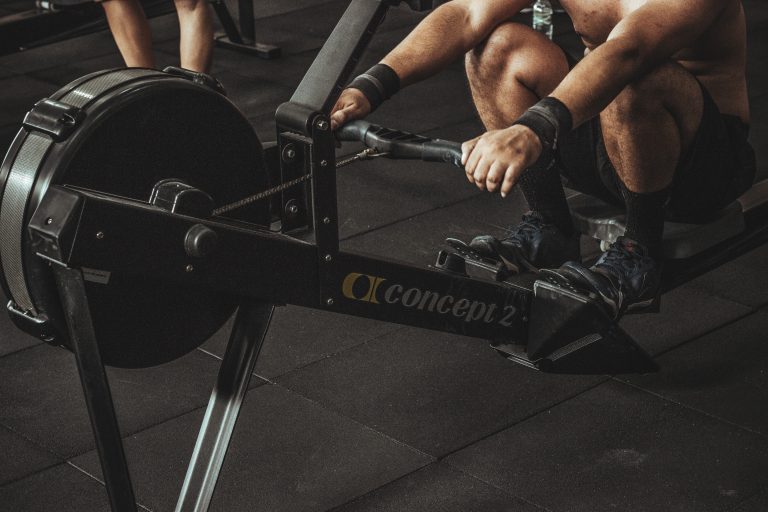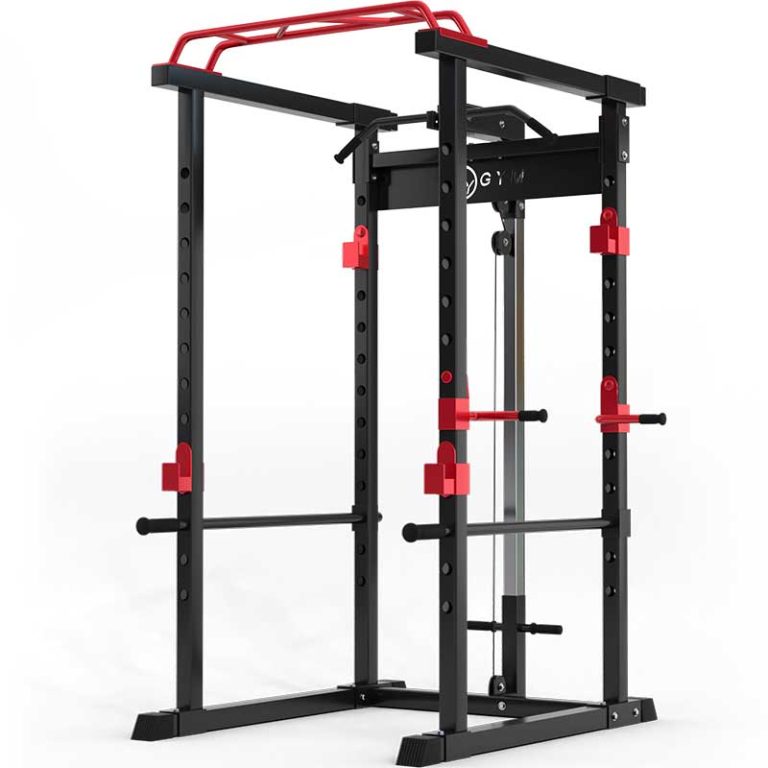So, you’ve heard about yoga and you’re curious to know what it’s all about? Well, get ready to embark on a journey of self-discovery and inner peace as we explore the captivating world of yoga. In this article, we’ll dive into the various types of yoga, from the calming practice of Hatha to the dynamic movements of Vinyasa, and everything in between. Whether you’re a seasoned yogi or a complete beginner, this guide will help you navigate the vast array of yoga styles and find the one that resonates with you the most. So, roll out your yoga mat and let’s get started!
Table of Contents
ToggleHatha Yoga
Description
Hatha Yoga is a popular style of yoga that focuses on physical postures, or asanas, and breath control techniques, or pranayama. It is often considered the foundation of all yoga styles. Hatha Yoga classes typically involve a combination of standing, seated, and reclining poses, as well as gentle stretches and relaxation exercises. The practice of Hatha Yoga aims to balance the body and mind, promoting overall physical and mental well-being.
Benefits
Hatha Yoga offers numerous benefits for both the body and mind. Regular practice can improve flexibility, strength, and balance. It also helps to reduce stress, increase relaxation, and enhance concentration and mental clarity. The gentle movements and controlled breathing techniques of Hatha Yoga promote deep relaxation and can be beneficial for those dealing with anxiety, insomnia, or chronic pain. Additionally, Hatha Yoga can serve as a gateway to exploring other yoga styles and deepening one’s spiritual practice.
Poses
Hatha Yoga incorporates a wide variety of poses to stretch and strengthen the body. Some common poses include Mountain Pose (Tadasana), Downward-Facing Dog (Adho Mukha Svanasana), Warrior Pose (Virabhadrasana), Cat-Cow Pose (Marjaryasana-Bitilasana), and Child’s Pose (Balasana). Students are encouraged to move at their own pace and modify poses as needed to accommodate their individual abilities and limitations. The focus in Hatha Yoga is on proper alignment and mindful movement, rather than pushing oneself to achieve advanced poses.
Vinyasa Yoga
Description
Vinyasa Yoga is a dynamic and flowing style of yoga that synchronizes movement with breath. It is often referred to as “flow” yoga and is characterized by continuous transitions between poses. Vinyasa classes are typically structured around a series of sequences, or “vinyasas,” where each pose smoothly flows into the next. The practice of Vinyasa Yoga is invigorating and challenging, combining strength, flexibility, and cardiovascular exercise.
Benefits
The practice of Vinyasa Yoga offers a wide range of benefits for both the body and mind. It improves cardiovascular fitness, builds strength and endurance, and increases flexibility and balance. The continuous flow of movement and breath helps to calm the mind and enhance focus and concentration. Vinyasa Yoga also promotes detoxification and stimulates the lymphatic system, supporting the body’s natural cleansing process. Regular practice can help improve posture, boost energy levels, and reduce stress and anxiety.
Flow and Poses
In Vinyasa Yoga, the sequences of poses are linked together in a flowing and creative manner. Common poses used in Vinyasa Yoga include Sun Salutations (Surya Namaskar), Warrior Poses (Virabhadrasana), Tree Pose (Vrksasana), and Twists (Bharadvajasana). The sequences are often designed to target specific areas of the body or to create a particular energetic effect. Vinyasa Yoga classes can vary in intensity and pace, allowing practitioners of all levels to find a practice that suits their needs.
Ashtanga Yoga
Description
Ashtanga Yoga is a vigorous and physically demanding style of yoga that follows a specific set sequence of poses. It was popularized by Sri K. Pattabhi Jois and is also known as the “Eight-Limbed Path.” Ashtanga Yoga focuses on synchronizing breath with movement as practitioners move through a predetermined series of poses. Each pose is held for a specific number of breaths, creating a dynamic and meditative practice.
Benefits
Practicing Ashtanga Yoga offers a multitude of benefits for both the body and mind. It builds strength, stamina, and flexibility, helping to tone and condition the muscles. The continuous, flowing movements of Ashtanga Yoga provide a cardiovascular workout, improving overall fitness and boosting metabolism. The practice also promotes focus, discipline, and self-awareness, cultivating a sense of mindfulness and presence. Ashtanga Yoga can be a transformative practice, allowing practitioners to deepen their connection to themselves and the present moment.
Primary Series
The Ashtanga Yoga Primary Series, also known as Yoga Chikitsa or “Yoga Therapy,” is the foundational sequence of poses in Ashtanga Yoga. It consists of a set sequence of standing, seated, and finishing poses, with each pose building on the previous one to prepare the body for deeper and more challenging poses. The Primary Series focuses on detoxification, purification, and realigning the body’s energetic channels. It is a comprehensive and demanding practice that requires discipline and commitment.
Mysore Style
Mysore Style is the traditional method of practicing Ashtanga Yoga, named after the city of Mysore in India where Sri K. Pattabhi Jois taught. In Mysore Style classes, students practice the Ashtanga Yoga sequence at their own pace, receiving individualized instruction and adjustments from the teacher. It is a self-guided practice where students memorize the sequence and progress at their own pace, allowing for a deeply personal and transformative experience. Mysore Style encourages self-discipline, self-reflection, and self-acceptance.
Bikram Yoga
Description
Bikram Yoga, also known as “hot yoga,” is a style of yoga developed by Bikram Choudhury. It is practiced in a heated room, typically maintained at around 40 degrees Celsius (105 degrees Fahrenheit), with high humidity. The sequence of poses used in Bikram Yoga remains consistent in each class, providing a structured and predictable practice.
Benefits
The practice of Bikram Yoga offers numerous benefits for the body and mind. The heat and humidity of the room help to increase flexibility and improve circulation, allowing for deeper stretching and detoxification. Bikram Yoga provides a challenging cardiovascular workout, burning calories and improving cardiovascular health. The sequence of poses is designed to strengthen and tone the muscles, improve posture, and increase lung capacity. Regular practice can also enhance mental focus and concentration, reduce stress, and promote a sense of well-being.
Hot Room Environment
The hot room environment in Bikram Yoga is a key component of the practice. The heat and humidity help to warm up the muscles quickly, allowing for deeper and more effective stretching. The elevated temperature also promotes sweating, which helps to flush out toxins from the body and cleanse the skin. The hot room environment can be intense and challenging, but it also provides a unique opportunity for practitioners to develop mental resilience, discipline, and focus.
26 Poses
Bikram Yoga consists of a sequence of 26 poses, each performed twice, in a specific order. The sequence includes standing, balancing, and floor poses, targeting every major muscle group in the body. Some of the key poses in Bikram Yoga include Standing Head to Knee Pose, Standing Bow Pose, Camel Pose, and Balancing Stick Pose. Each pose is held for a specific period of time, allowing practitioners to focus on alignment, breath, and concentration. The sequence of poses is designed to provide a comprehensive full-body workout and to promote balance and harmony within the body and mind.
Kundalini Yoga
Description
Kundalini Yoga is a powerful and transformative style of yoga that focuses on awakening the dormant spiritual energy within the body. It was brought to the West by Yogi Bhajan and combines physical postures, breathwork, meditation, and chanting. Kundalini Yoga aims to balance and align the chakras, or energy centers, and awaken the Kundalini energy, which is said to reside at the base of the spine.
Benefits
The practice of Kundalini Yoga offers a wide range of benefits for the body, mind, and spirit. It helps to increase vitality, boost immune function, and improve overall physical health. Kundalini Yoga also reduces stress and anxiety, improves mental clarity and focus, and promotes emotional well-being. The practice can enhance intuition, creativity, and self-awareness, allowing practitioners to tap into their inner wisdom and live more authentically. Kundalini Yoga is often described as a practice of self-discovery and self-transformation.
Breathing Techniques
Kundalini Yoga utilizes specific breathing techniques, or pranayama, to activate and balance the energy within the body. The most commonly used breathing technique in Kundalini Yoga is called “Breath of Fire,” which involves rapid and rhythmic breaths through the nose. This technique helps to increase energy, cleanse the body, and stimulate the flow of Kundalini energy. Other breathing techniques used in Kundalini Yoga include alternate nostril breathing and long, deep breathing. These techniques help to calm the mind, balance the nervous system, and regulate emotions.
Chanting and Meditation
Chanting and meditation are integral parts of Kundalini Yoga. The practice often begins and ends with chanting of sacred mantras, such as “Sat Nam,” which means “truth is my identity.” Chanting helps to create a sacred space, elevate the vibration, and focus the mind. In Kundalini Yoga, meditation is also used to access deeper states of consciousness and connect with the divine. The practice of meditation in Kundalini Yoga can involve silent sitting, visualization, or focused awareness on specific mantras or points within the body. Meditation helps to calm the mind, reduce stress, and cultivate inner peace and clarity.
Iyengar Yoga
Description
Iyengar Yoga is a precise and methodical style of yoga that emphasizes proper alignment and the use of props to support the body in poses. It was developed by B.K.S Iyengar and is known for its attention to detail and focus on anatomical precision. Iyengar Yoga classes typically involve holding poses for longer durations, using props such as straps, blocks, and blankets to assist in achieving optimal alignment.
Benefits
Practicing Iyengar Yoga offers numerous benefits for the body, mind, and spirit. The focus on proper alignment helps to improve posture, enhance stability, and prevent injuries. The use of props allows practitioners of all levels to safely and effectively access the benefits of each pose, regardless of their flexibility or physical limitations. Iyengar Yoga also promotes balance, flexibility, and strength, while simultaneously cultivating mindfulness, focus, and attention to detail. Regular practice can help alleviate chronic pain, reduce stress, and improve overall well-being.
Use of Props
The use of props is a distinctive feature of Iyengar Yoga, allowing practitioners to modify poses and adapt them to their individual needs. Props such as blocks, straps, bolsters, and blankets are used to provide support, stability, and proper alignment. The use of props allows beginners to safely experience the benefits of poses that may otherwise be challenging, and it provides advanced practitioners with additional challenges and variations. Props also help to deepen stretches, improve flexibility, and create a balanced and precise practice.
Precise Alignment
In Iyengar Yoga, precise alignment is of utmost importance. Each pose is broken down into detailed instructions, guiding practitioners to align their bodies properly and consciously engage their muscles. The focus on alignment ensures that the body is positioned optimally, reducing the risk of strain or injury. Iyengar Yoga poses are often held for longer durations, allowing practitioners to explore and refine their alignment, deepen their awareness of their bodies, and cultivate a meditative state of mind.
Yin Yoga
Description
Yin Yoga is a slow-paced and meditative style of yoga that targets the connective tissues, such as ligaments, tendons, and fascia, rather than the muscles. It was originally developed by Paulie Zink and is based on the Taoist concept of Yin and Yang. Yin Yoga poses are typically held for several minutes, allowing for a deep release and relaxation of the body and mind.
Benefits
The practice of Yin Yoga offers a unique set of benefits for the body and mind. It improves flexibility and joint mobility, enhances circulation, and increases the flow of energy throughout the body. Yin Yoga also stimulates the parasympathetic nervous system, promoting deep relaxation, stress reduction, and improved sleep. The practice encourages self-reflection and introspection, allowing practitioners to cultivate a mindful presence and a greater sense of inner peace and harmony. Yin Yoga is especially beneficial for those experiencing chronic tension, tightness, or emotional imbalances.
Long Holds
In Yin Yoga, poses are held for longer durations compared to other styles of yoga. This extended holding allows for a deep release and stretch of the connective tissues, which have a tendency to become tight and inflexible over time. The long holds also enable the body to relax and soften, enhancing the flow of energy and promoting a sense of calm and tranquility. Yin Yoga poses are often seated or supine, and props such as bolsters, blankets, or blocks may be used to support the body and allow for a more comfortable and sustained hold.
Releasing Deep Tissues
Yin Yoga works on the deeper layers of the body, targeting the fascia, ligaments, and tendons. By gently stretching and compressing these tissues, Yin Yoga helps to improve their elasticity and lubrication. The practice also stimulates the flow of fluids and nutrients to the joints, enhancing their health and function. The slow and passive nature of Yin Yoga allows for a direct and focused release of tension and tightness in these deep tissues. This can lead to improved flexibility, increased range of motion, and a greater sense of ease and comfort in the body.
Restorative Yoga
Description
Restorative Yoga is a gentle and deeply relaxing style of yoga that focuses on rest and rejuvenation. It is designed to promote healing and restoration by supporting the body in comfortable and fully supported poses for extended periods of time. Restorative Yoga is often used as a therapeutic practice to reduce stress, relieve chronic pain, and facilitate healing after injury or illness.
Benefits
The practice of Restorative Yoga offers a wide range of benefits for the body, mind, and spirit. It provides a deep relaxation response, activating the parasympathetic nervous system and reducing the effects of chronic stress and tension. Restorative Yoga promotes deep rest and rejuvenation, allowing the body to replenish its energy and repair itself at a cellular level. The practice can also help to alleviate symptoms of anxiety, depression, and insomnia, leading to improved emotional well-being. Restorative Yoga fosters a sense of self-care, self-compassion, and self-awareness, allowing practitioners to cultivate a deeper connection with themselves and their own healing abilities.
Relaxation and Healing
Restorative Yoga creates a nurturing and supportive environment for relaxation and healing. In Restorative Yoga, props such as bolsters, blankets, and blocks are used to create a comfortable and fully supported position in each pose. These props help to release muscular tension and allow the body to fully relax, facilitating deep rest and renewal. The prolonged holding of poses in Restorative Yoga also increases blood flow and oxygen to the tissues, promoting healing and rejuvenation at a cellular level. The practice encourages deep surrender and acceptance, facilitating a profound sense of relaxation and well-being.
Gentle Poses
Restorative Yoga poses are gentle, passive, and accessible to practitioners of all levels. They are typically held for longer durations, ranging from five to twenty minutes or more. Some common Restorative Yoga poses include Legs-Up-The-Wall Pose (Viparita Karani), Supported Child’s Pose (Balasana), and Supported Heart Opener (Supta Baddha Konasana). Each pose is designed to create a sense of support, comfort, and relaxation, allowing the body and mind to let go of tension and stress. Restorative Yoga poses can help to release physical discomfort, soothe the nervous system, and promote a deep sense of peace and well-being.
Jivamukti Yoga
Description
Jivamukti Yoga is a dynamic and creative style of yoga that combines physical postures, meditation, chanting, and spiritual teachings. It was founded by Sharon Gannon and David Life and is rooted in the philosophy of non-violence, compassion, and environmental awareness. Jivamukti Yoga classes often incorporate music, poetry, and scriptures, creating a holistic and transformative practice.
Benefits
The practice of Jivamukti Yoga offers a unique blend of physical and spiritual benefits. It improves strength, flexibility, and cardiovascular fitness, allowing practitioners to develop a balanced and healthy body. Jivamukti Yoga also stimulates mental clarity and focus, reduces stress, and enhances emotional well-being. The spiritual teachings and chanting in Jivamukti Yoga facilitate self-reflection, self-discovery, and spiritual growth. The practice encourages a sense of interconnectedness and compassion, fostering a deeper understanding of oneself and the world.
Spiritual Focus
Jivamukti Yoga places a strong emphasis on spiritual development and self-realization. The practice incorporates the teachings of ancient yogic texts, including the Bhagavad Gita and the Yoga Sutras of Patanjali. These teachings provide guidance on ethical living, self-study, and the paths to liberation. Jivamukti Yoga classes often include philosophical discussions and readings, enabling practitioners to explore the deeper dimensions of yoga and integrate spiritual principles into their daily lives. The spiritual focus of Jivamukti Yoga allows for a profound and transformative practice, promoting personal growth and inner peace.
Chanting and Philosophy
Chanting is an integral part of the Jivamukti Yoga practice. Mantras and sacred chants are used to focus the mind, open the heart, and connect with the divine. Chanting provides a powerful tool for self-expression, devotion, and spiritual awakening. Jivamukti Yoga also incorporates the study of yogic philosophy, allowing practitioners to deepen their understanding of the ancient wisdom teachings. The philosophical aspects of Jivamukti Yoga encourage self-inquiry, critical thinking, and contemplation of life’s deeper questions. By integrating chanting and philosophy, Jivamukti Yoga offers a holistic and transformative practice that nourishes the body, mind, and spirit.
Kripalu Yoga
Description
Kripalu Yoga is a gentle and compassionate style of yoga that focuses on self-empowerment and self-discovery. It was developed by Amrit Desai and is influenced by the teachings of Swami Kripalu. Kripalu Yoga emphasizes mindfulness, acceptance, and self-care, and recognizes that each individual’s practice will be unique and evolve over time.
Benefits
Practicing Kripalu Yoga offers a wide range of benefits for the body, mind, and spirit. It increases strength, flexibility, and balance, promoting physical well-being and vitality. Kripalu Yoga also cultivates self-awareness, self-acceptance, and self-compassion, enhancing emotional well-being and promoting a positive body image. The practice teaches tools for stress reduction, including deep relaxation and meditation techniques, helping to improve overall mental health and well-being. Kripalu Yoga fosters a deep connection to oneself and others, encouraging a sense of community, support, and interconnectedness.
Individualized Practice
One of the key principles of Kripalu Yoga is self-observation without judgment. Kripalu Yoga recognizes that each individual’s body, mind, and spirit are unique and that their practice will vary from day to day. The practice of Kripalu Yoga encourages practitioners to listen to their bodies and honor their own needs and limitations. It invites individuals to explore their edge, finding the balance between effort and ease in each pose and in life. The individualized approach of Kripalu Yoga allows practitioners to experience the practice in a way that is appropriate and beneficial for them, promoting self-empowerment and a sense of personal ownership.
Emotional Healing
Kripalu Yoga places a strong emphasis on emotional healing and self-discovery. The practice invites practitioners to explore their emotions, thoughts, and patterns of behavior in a safe and nurturing environment. Kripalu Yoga provides tools to address emotional challenges, such as stress, anxiety, and trauma, through mindful movement, breathwork, meditation, and self-inquiry. The practice supports individuals in developing self-compassion, self-acceptance, and emotional resilience, allowing for deep healing and personal transformation. Kripalu Yoga is often described as a practice of self-love and self-care, promoting a sense of wholeness and well-being.


